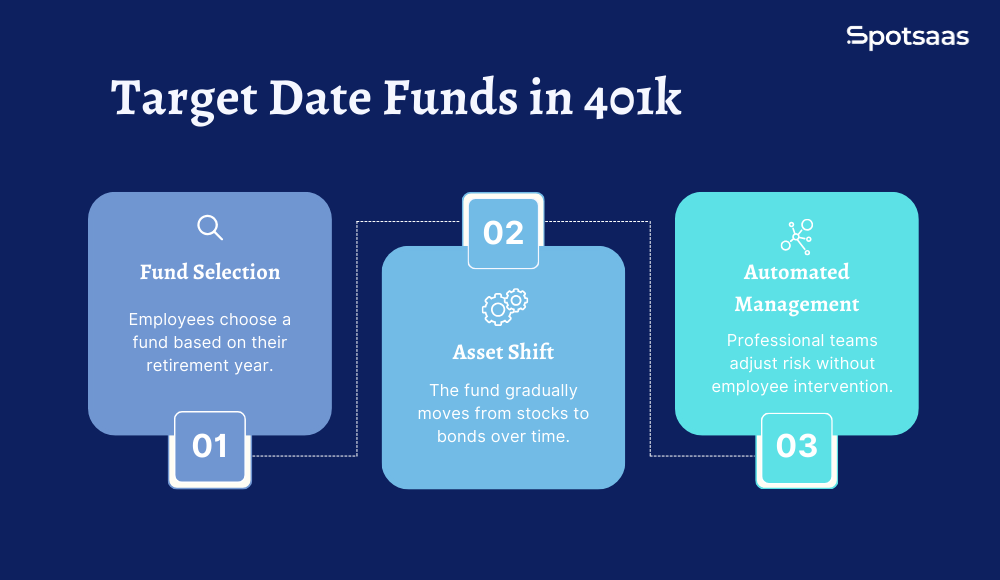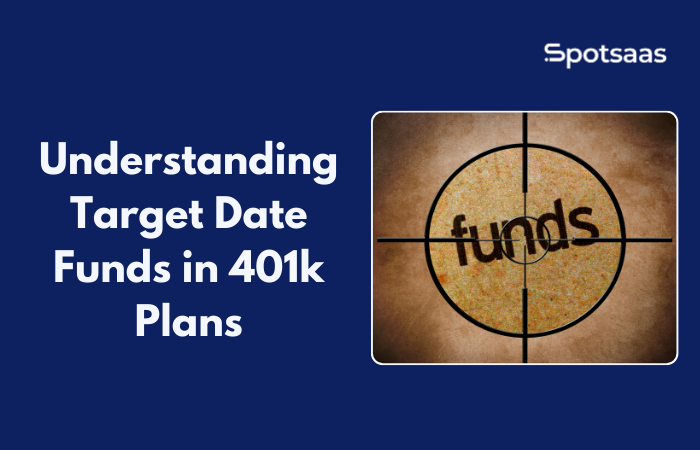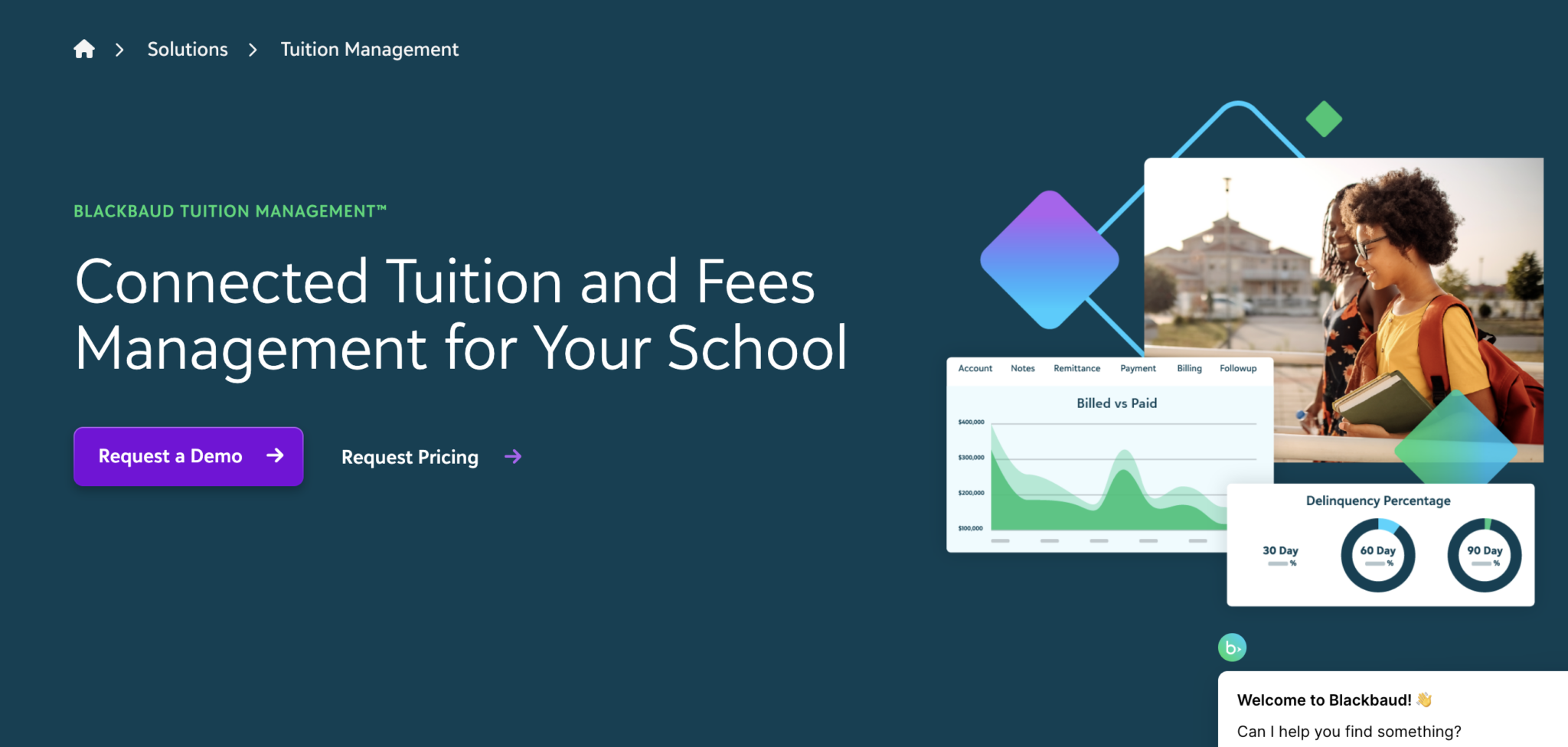Target Date funds are one of the most popular investment options in a 401k plan, making them a key choice when planning for retirement. They tend to reduce personnel decisions by actively switching allocations based on the projected timing of retirement.
This enables TDFs to be more practical for long-term money management since they will automatically adjust their asset allocations over time instead of requiring an investor to engage in managing their portfolio. In short, one of the attractive features of TDFs in 401k plans is that they allow for the more simplified balancing of gains against risks.
An investor first decides what date he/she expects to retire in planning a 401k. TDFs originated in an effort to align the risk tolerance and time horizon of an investor regarding their retirement savings. The set-and-forget method, as it is also known, allows employees to stay on course with their retirement planning by avoiding the need to make frequent adjustments.
TDFs afford a disciplined and adaptive life-cycle investment strategy of a401k plan, whether someone is beginning their career or nearing the end of it.
What Are Target Date Funds?
Target Date Funds (TDFs) are investment funds designed to align with an individual’s expected retirement year. They simplify retirement investing by automatically adjusting asset allocations over time.
Employees selecting a TDF within a 401k plan choose a fund based on their anticipated retirement date, typically in increments of five years (e.g., 2030, 2040, or 2050 funds).
How Do Target Date Funds Work?
TDFs follow a glide path strategy, which means the fund gradually shifts from higher-risk investments (stocks) to lower-risk assets (bonds and cash equivalents) as the target retirement year approaches. Early in an investor’s career, the fund is structured for growth, allocating more funds to equities.
As retirement nears, the focus shifts toward stability and capital preservation, reducing exposure to market fluctuations.
Why Are Target Date Funds Ideal for Long-Term Investors?
TDFs are specifically designed for long-term retirement savings. They offer a hands-off approach, allowing employees to contribute regularly to their 401k without needing to rebalance their portfolio manually.
The automatic adjustment of risk levels ensures that investments align with both market trends and an individual’s retirement timeline, making them a convenient choice for those looking for a structured and professionally managed investment strategy.
How Target Date Funds Work in 401k Plans
Target Date Funds (TDFs) make retirement investing easier with automatic rebalancing of asset allocations as employees get closer to retirement. These funds are designed with a balanced investment in stocks, bonds, and other assets and gradually decrease risk exposure over time.

Choosing a Target Date Fund
Employees will choose a target-date fund based on their expected year of retirement. Typically, the year is referred to in the fund name (e.g., 2040 Target-Date Fund). The target year is the date expected for retirement, and that is factored into the design of the fund investment strategy.
Choosing a single target-date fund gives employees a diversified investment portfolio such that employees do not manage the asset mix themselves.
Shifting Asset Allocation over Time
TDFs follow a glide path strategy, meaning that a higher proportion of the fund’s assets is allocated to equities at first in order to maximize the growth of the fund. As retirement nears, there is a gradual decline in equity exposure at the expense of overweighting fixed-income and cash-equivalent investments in a bid to protect investment gains from being eroded by market volatility.
Passive Investments with Automated Risk Management
Some of the key benefits of TDFs include hands-off investing. Employees need not rebalance the portfolio by themselves, as professional investment teams manage the asset allocation of the fund.
Automated adjustments structured in that manner enable the risk levels to decline steeply to make target-date funds an attractive option for structured retirement planning within a 401k plan.
Benefits of Target Date Funds in a 401k
Target-date mutual funds (TDFs) provide a well-managed and mostly hands-off investing strategy. Thus, they are widely offered in 401k plans. They confer a number of advantages that enable retirement savings to accumulate with minimal participation from employees in the TDFs.
Diversification for Balanced Growth
TDFs are constructed with a range of asset classes-from stocks to bonds-and provide complete diversification. This ensures the risk is spread over several asset classes, minimizing the impact of any one market shift while increasing long-term stability.
Automatic Risk Adjustment
TDFs gradually reduce their allocation to stocks while increasing their allocation to bonds as employees get closer to retirement. This automatic risk adjustment protects employees’ accumulated savings against market downturns while keeping a steady growth focus.
Simplicity and Convenience
TDFs are positioned as set-and-forget, so the employee would pick a target date fund in which they believe they are secure. Once the fund is selected, the fact that it works on its own in relation to a modified approach helps the employee avoid tracking it or rebalancing it.
Professional Fund Management
It’s the job of the experienced fund managers to buy and sell investments, so employees don’t really think about adjusting their investments, and that allows them to get there without any worries about fund management.
Trajectories of target date funds in a 401k provide long-term investment efficacy across categories for workers throughout their careers by offering diversification, risk management, simplicity, and professional management for fund oversight.
Risks and Limitations of Target Date Funds
While Target Date Funds (TDFs) offer a convenient investment option in 401k plans, they also come with certain risks and limitations. Employees should understand these factors before relying solely on TDFs for retirement savings.
One-Size-Fits-All Risk
TDFs follow a generalized investment strategy, meaning they do not account for individual risk tolerance or financial goals. Some investors may prefer a more aggressive or conservative approach than what a TDF provides at a given stage in the glide path.
Higher Fees Compared to Other 401k Options
Some TDFs have higher expense ratios than passively managed index funds or other low-cost investment options. These fees can reduce overall returns, making it important to compare costs before selecting a fund.
Market Volatility Impact
If the market experiences a downturn close to the retirement date, TDFs may not provide enough protection against losses. Since employees rely on their savings during retirement, a sudden drop in value could impact their financial security.
Not Personalized to Individual Needs
TDFs assume a standard retirement age (often 65), which may not align with an employee’s actual retirement plans. They do not consider personal factors like savings outside of a 401k, income needs, or lifestyle goals, which can affect how much risk an individual should take.
While TDFs simplify investment management, employees should evaluate their risk tolerance, retirement goals, and other savings options to ensure they are making the best decision for their financial future.
Target Date Funds vs. Other 401k Investment Options
| Comparison | Target Date Funds (TDFs) | Index Funds | Actively Managed Mutual Funds | Self-Directed Investments |
|---|---|---|---|---|
| Management Style | Automatically adjusts based on retirement timeline. | Passively tracks a market index. | Managed by professionals aiming to outperform the market. | Fully controlled by the investor. |
| Risk Adjustment | Gradually shifts from stocks to bonds over time. | Fixed allocation based on the chosen index. | Portfolio changes based on market conditions. | Investor manages risk based on personal strategy. |
| Ease of Use | Set-it-and-forget-it approach. | Requires some oversight but is generally low maintenance. | Requires active monitoring and decision-making. | Requires extensive knowledge and time investment. |
| Costs & Fees | Moderate fees, usually lower than actively managed funds. | Low fees since they track a passive index. | Higher fees due to active management. | Varies based on chosen investments. |
| Best For | Investors seeking automated retirement planning. | Those wanting low-cost, long-term passive investing. | Investors looking for active market strategies. | Experienced investors comfortable managing their portfolio. |
How to Choose the Best Target Date Fund?
Choosing the right Target Date Fund for retirement savings is an important decision. TDFs are put on autopilot, but there are elements to consider, which, if combined, may assure that an investor will settle on the correct fund.
Matching Retirement Date
TDFs are named according to the expected retirement year which should help the investor in finding the suitable one depending on the estimated date.
For instance, in case one is retiring in 2045, it is reasonable to select the 2045 TDF, the investment strategy for which will match that time frame.
Some investors might prefer an earlier or slightly delayed TDF color choice instead of this one based on their level of risk tolerance and savings goals.
Expense Ratio
Each TDF comes with management, known as the expense ratio, which varies from provider to provider, where the smaller expense ratios translate into less wear and tear from the overall investment returns over time.
Looking at expense ratios with comparisons to varying TDF providers helps investors find cheaper options that will assure decent performance.
Fund Manager’s Track Record
The history of the fund should also be considered. An evaluation of the fund manager’s track record is one of the determining factors that investors must take into consideration in terms of the fund’s reliability when at its peak.
Evaluating several market cycles should show how well the TDF has prevailed against volatility and could provide insight as to what to anticipate in the future.
Customization Options
Some TDFs are customized to allow adjustment of either the asset allocation or risk exposure. Investors must ascertain whether a TDF follows a glide-path strategy aligned with its financial goals.
Although some glide paths take a conservative approach, others may be more aggressive, and as such, differing funds represent different retirement strategies.
By employing all these strategies, the employee will be completely capable of selecting a Target Date Fund that suits his timeline, financial goals, and risk preferences, thus enabling the 401k to enjoy a balanced and well-managed strategy.
Common Mistakes to Avoid with Target Date Funds
Even though Target Date Funds (TDFs) are among the simplest organized retirement investing strategies, a few mistakes can still hurt long-term growth. Knowing about these mistakes may directly help investors be wise while choosing to involve TDFs in their 401k plan.
Confusing Fund Date Selection
Because TDFs are designed around an estimated retirement year, it’s important to choose the one suited for retirement. Too early or too late a choice may mean an investment strategy that wouldn’t meet retirement goals.
For example, choosing a 2035 TDF by an investor targeting 2045 for retirement could go into a more conservative allocation a little too early, limiting its growth potential.
Duplicating Investment Holdings
The TDF, alongside other mutual funds, becomes an avenue for overlapping investments. Employees, often without knowledge, are creating redundant allocations.
For TDFs that have already been diversified, layer on many more funds focusing on similar classes of assets, and undue duplication would occur, increasing risk without benefits. A good TDF should be ideally selected as a standalone tool for retirement investment.
Overlooking Fees
Several investors pay no attention to expense ratios or management fees when they go about selecting a TDF. Higher fees shrink their returns over the long haul. Thus, it is vital to evaluate the costs of various providers.
The idea is simple: a lower cost fund ensures that a bigger cut out of its returns goes into the investors’ retirement savings rather than management costs for the fund.
Risk Level Mistakes
Not all TDFs might lower their risk distinctly. Some funds can remain heavily oriented towards stocks even after retirement, while others can set themselves on a more conservative path earlier on.
Making glazed assumptions that glide paths follow the same conventions could lead to unexpected volatility exposure to the broader market. A review of the fund’s plan involving lowering risk should align with the investor’s financial needs.
With avoidance of these common mistakes, employees will help themselves to capitalize on the target date funds, ensuring their plan always remains a viable and easy investment opportunity.
Who Should Invest in a Target Date Fund?
Target date funds automate the task of getting involved with retirement investments by taking care of managing the asset allocation and level of risk throughout the investment horizon. They suit in this capacity certain types of investors, but not others.
Best for Employees Who Don’t Want an Investment Strategy on Their Hands
TDFs suit the employees best who prefer the hands-off fashion of investing. The fund shifts from stocks (higher-risk) to bonds and cash equivalent assets (lower-risk) as time progresses toward the retirement date. This makes TDFs great for the set-it-and-forget-it investors.
Suitable for Long-Term Retirement Savers
Target date funds are suited for long-term retirement savers. TDFs, which are most suitable for those individuals who plan to stay invested in a 401k for decades, offer a structure such that no frequent changes to the growing savings are required. With time, TDFs gradually lower the level of risk, thereby preserving otherwise growing retiree funds.
Not Good for Active Investors
Those employees who are very good at managing their investments and who create price targets and adjust allocation based on market trends would find Danger TDFs restrictive. Because of the glide path that TDFs take, investors are limited in deciding how with each transitions they should allocate those funds, especially on the still lively part of things.
Those who value selectivity would be more inclined to self-directed investments or actively managed portfolio options.
To sum up, Target Date Funds directly suit employees who value convenience. With far fewer modifications and a longer-term plan of stability, they will benefit more from a self-directed investment style than a more conventional investment approach.
Conclusion
Target Date Funds (TDFs) provide another structured, easier way to invest for retirement. Their risk adjustment feature is adjusted according to retirement. This means that as retirement approaches, TDFs automatically switch from growth stocks to a more conservative allocation.
Most beneficial for a TDF are employees who want a hands-off approach and long-term investment; for active investors, it may not offer that much flexibility. Selecting an appropriate fund date, comparing fees, and understanding the glide path strategy would ensure higher returns.
When an employee chooses the TDF judiciously, it can craft their retirement portfolio effortlessly, ensuring steady growth and decent financial security in retirement years.
Frequently Asked Questions
What is a Target Date Fund in a 401k plan?
A Target Date Fund (TDF) is an investment fund that automatically adjusts its asset allocation based on a selected retirement year, gradually shifting from stocks to bonds to reduce risk over time.
How do I choose the right Target Date Fund?
Select a TDF that matches your expected retirement year, review expense ratios, and ensure its risk strategy aligns with your financial goals.
Are Target Date Funds actively managed?
Most TDFs are passively managed with a preset glide path, but some are actively managed, meaning professionals adjust the asset mix based on market conditions.
Do Target Date Funds guarantee returns?
No, TDFs do not guarantee returns—they are subject to market fluctuations like any other investment, though they adjust risk levels over time.
Can I invest in multiple Target Date Funds?
While possible, it is usually unnecessary since TDFs are already diversified, and investing in multiple TDFs may create overlapping asset allocations.





